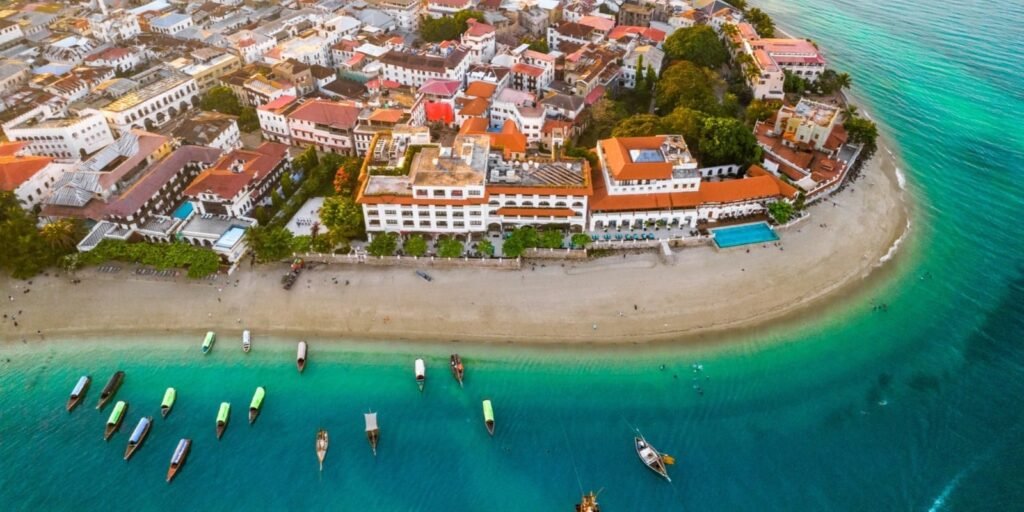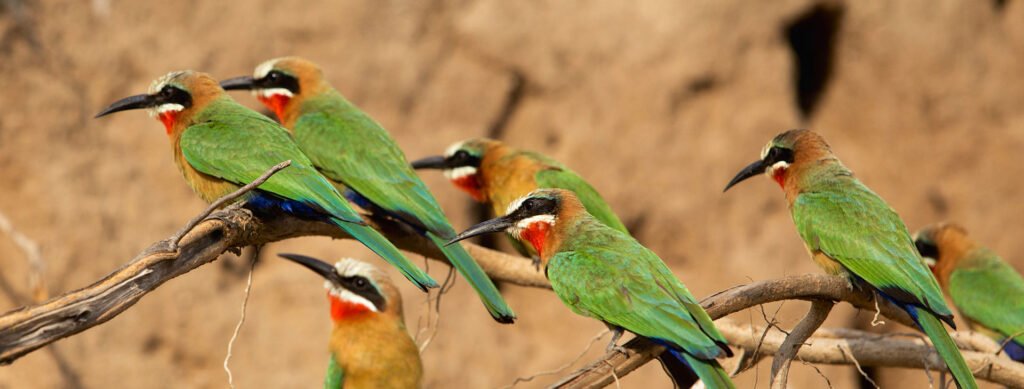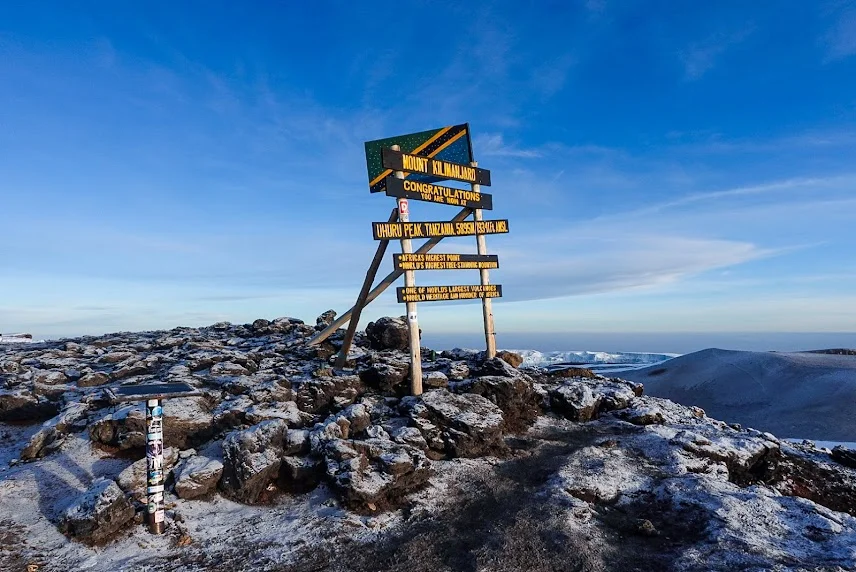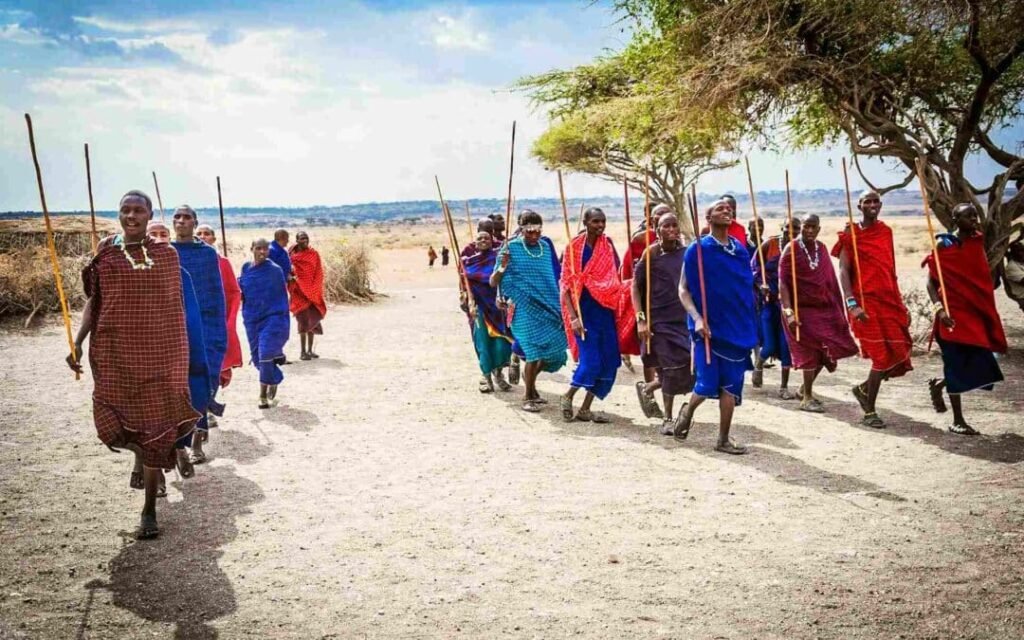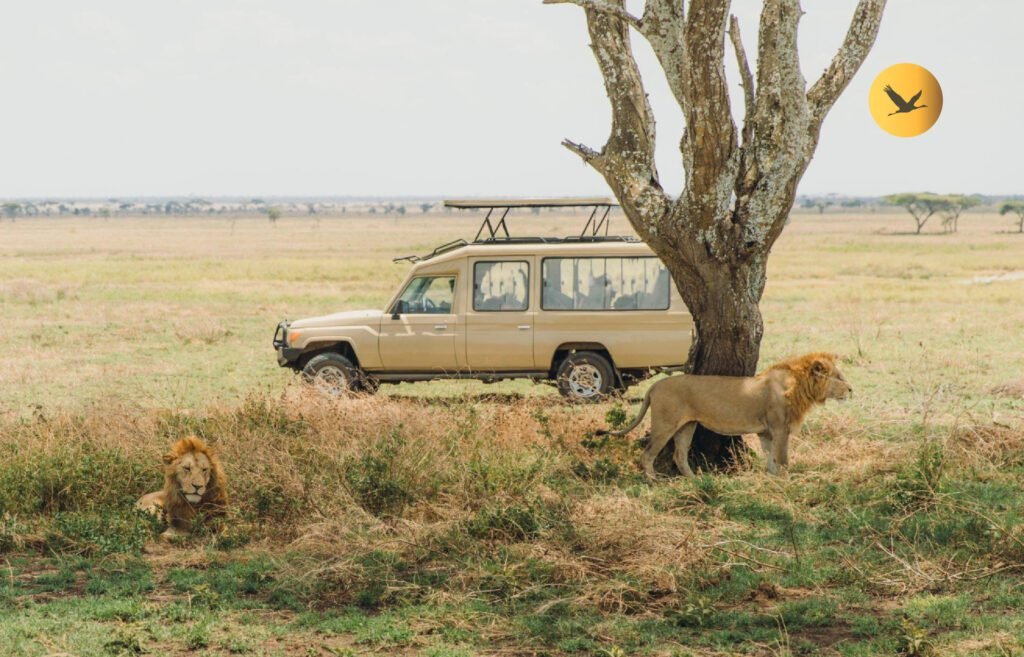Climbing Mount Kilimanjaro in Tanzania is a dream for many adventurers. Known as the Roof of Africa, Kilimanjaro is the tallest mountain on the continent at 5,895 meters (19,341 feet). What makes it truly unique is that it is the world’s highest free-standing mountain, meaning you don’t need technical climbing skills to reach its summit. With the right preparation, guidance, and determination, almost anyone can conquer Kilimanjaro.
Whether you are considering your first trek or already planning your expedition, this guide will help you understand the routes, best time to climb, preparation tips, and what to expect along the way.
Why Climb Mount Kilimanjaro?
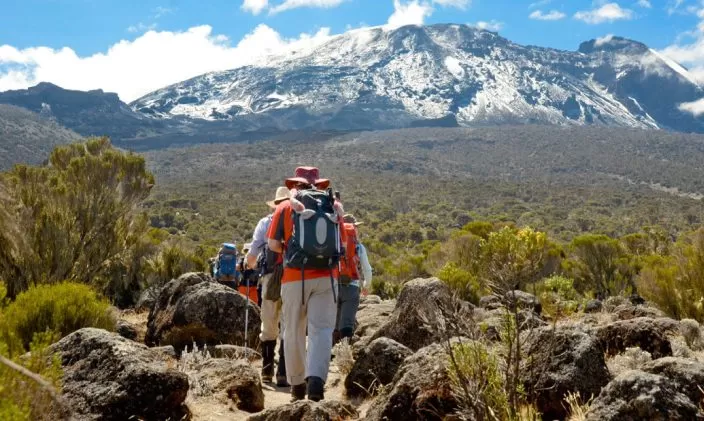
- Bucket-List Adventure: Standing on Uhuru Peak at sunrise is one of the most rewarding travel experiences in the world.
- Accessible to All Levels: Unlike Everest or other high peaks, Kilimanjaro does not require ropes or advanced mountaineering skills.
- Variety of Routes: From scenic rainforest paths to rugged alpine deserts, each route offers something unique.
- Wildlife & Culture: Spot colobus monkeys, enjoy breathtaking landscapes, and interact with the local Chagga and Maasai communities.
The Main Routes to the Summit
Choosing the right route is crucial for your success. Each path has its own challenges, scenery, and acclimatization profile.
- Marangu Route (5–6 days): Known as the “Coca-Cola Route,” it is the only trail with hut accommodations. Popular but less scenic.
- Machame Route (6–7 days): Nicknamed the “Whiskey Route,” it is the most scenic and popular choice.
- Lemosho Route (7–8 days): Offers stunning landscapes and great acclimatization. Highly recommended.
- Rongai Route (6–7 days): Approaches from the north; quieter and less crowded.
- Shira Route (7–8 days): Beautiful but challenging due to higher starting altitude.
- Umbwe Route (5–6 days): Steep and tough, recommended only for experienced trekkers.
For the best chance of success, most climbers choose the Lemosho or Machame Route.
Best Time to Climb Kilimanjaro
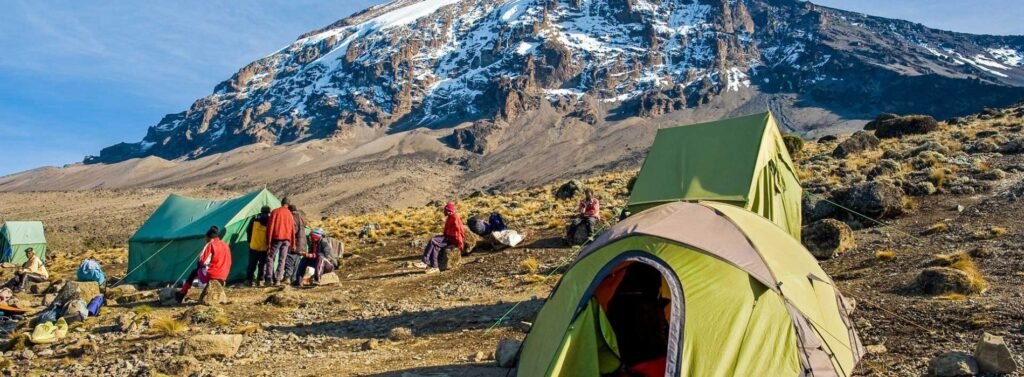
The mountain can be climbed year-round, but the best trekking seasons are:
- January – March: Clear skies, fewer crowds, cooler temperatures.
- June – October: Warm and dry, ideal for summit attempts, but more popular.
- April – May & November: Rainy seasons, with slippery trails and reduced visibility.
If you want fewer people, choose January, February, or early March.
Preparing for Your Kilimanjaro Climb
- Physical Fitness: You don’t need to be an athlete, but stamina, endurance, and mental strength are essential.
- Acclimatization: Choose a longer route (7–8 days) to allow your body to adjust to high altitude.
- Gear & Equipment: Pack layered clothing, waterproof gear, thermal wear, trekking boots, and a good sleeping bag.
- Health & Safety: Consult your doctor before the trip; consider medication for altitude sickness.
- Travel Insurance: Make sure your insurance covers high-altitude trekking up to 6,000 meters.
What to Expect on the Mountain
- Changing Landscapes: Trek through rainforest, heath, moorland, alpine desert, and arctic summit zones.
- Camping or Huts: Most routes involve camping, except Marangu which offers basic huts.
- Summit Night: The final push begins around midnight; reaching the summit at sunrise is unforgettable.
- Guides & Porters: Tanzanian mountain crews carry equipment, cook meals, and guide climbers to ensure safety and comfort.
Tips for a Successful Climb
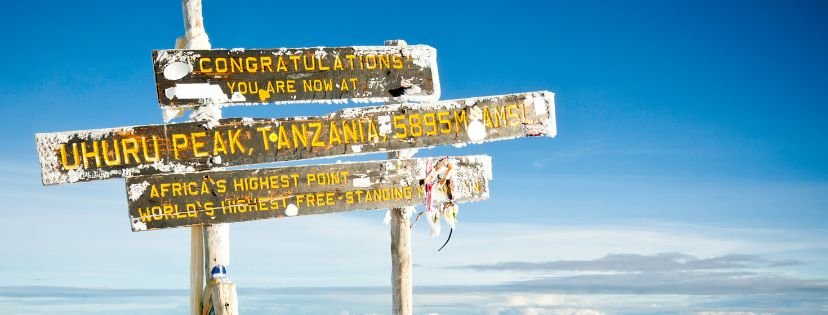
- Go Slow: Pole pole (slowly, slowly in Swahili) is the golden rule.
- Hydrate Well: Drink at least 3 liters of water daily.
- Eat Enough: High-energy meals fuel your body for the trek.
- Stay Positive: A strong mindset helps overcome fatigue and altitude challenges.
Final Thoughts
A Kilimanjaro climb is not just a trek—it’s a transformative journey. From the lush foothills to the icy summit of Uhuru Peak, every step is a reminder of nature’s beauty and human resilience. With proper preparation, the right route, and expert local guides, standing on the Roof of Africa can become your reality.
If you’re planning an adventure, make sure Mount Kilimanjaro is on your Tanzania safari and trekking itinerary—it’s an experience that will stay with you forever.

